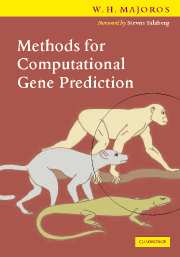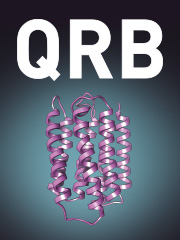Systems Biology
Genome sequences are now available that enable us to determine the biological components that make up a cell or an organism. The discipline of systems biology examines how these components interact and form networks, and how the networks generate whole cell functions corresponding to observable phenotypes. This textbook, devoted to systems biology, describes how to model networks, how to determine their properties, and how to relate these to phenotypic functions. The prerequisites are some knowledge of linear algebra and biochemistry. Though the links between the mathematical ideas and biological processes are made clear, the book reflects the irreversible trend of increasing mathematical content in biology education. Therefore to assist both teacher and student, in an associated website Palsson provides problem sets, projects and Powerpoint slides, and keeps the presentation in the book concrete with illustrative material and experimental results.
- The first textbook in the new field of systems biology
- An associated website provides slides, projects and problems
- Features an open layout, summary points, guides to literature and lots of illustrations
Reviews & endorsements
"Systems Biology is a very readable introduction to the subject... make[s] it clear that this is an exciting time for biology."
Nigel Goldenfeld, Physics Today
Product details
March 2006Adobe eBook Reader
9780511145124
0 pages
0kg
This ISBN is for an eBook version which is distributed on our behalf by a third party.
Table of Contents
- Preface
- 1. Introduction
- 2. Basic concepts in systems biology
- Part I. Reconstruction of Biochemical Networks:
- 3. Metabolic networks
- 4. Regulatory networks
- 5. Signalling networks
- Part II. Mathematical Representation of Reconstructed Networks:
- 6. Basic features of S
- 7. Topological properties
- 8. Fundamental subspaces
- 9. Null space of S
- 10. The left null space of S
- 11. The row and column spaces of S
- Part III. Capabilities of Reconstructed Networks:
- 12. Dual causality
- 13. Properties of solution spaces
- 14. Sampling properties of solution spaces
- 15. Finding functional states
- 16. Parametric sensitivity
- 17. Epilogue
- Appendix A: nomenclature and abbreviations
- Appendix B: E. coli core metabolic network
- Bibliography
- Index.








